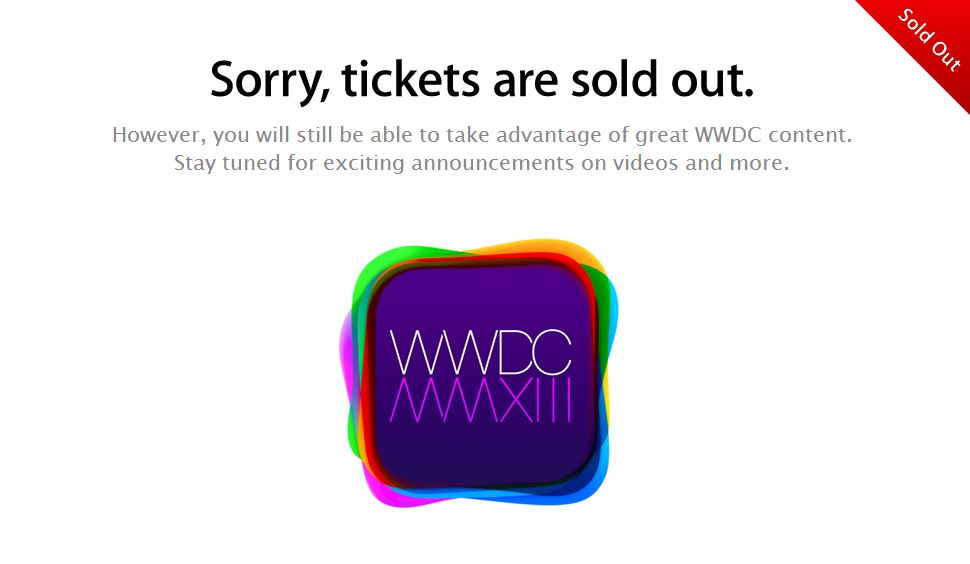We have to let go of this notion that for Apple to win, Microsoft has to lose.
-- Steve Jobs
Those words were uttered by Steve Jobs at Macworld Boston in 1997 as he described the groundbreaking deal between Apple and Microsoft.
That announcement set the stage for one of the greatest corporate turnarounds of all time. While it may seem foreign to those who came of age in the era of web apps and smartphones, at the time of this announcement, Microsoft was an unstoppable behemoth and Apple was a staggering challenger. Since that historic moment, Apple has become one of the most powerful companies in the world and Microsoft has seen its influence on the industry diminish.
How did we get here? As it has been said, Microsoft lost the API war. But it's more than just that; Microsoft twice failed to quickly adapt to major shifts in the industry. First, it was late to the shift to the World Wide Web. More recently, it was late to the shift to the latest wave of multitouch-enabled mobile devices. With each successive failure to adapt quickly, Microsoft lost more and more of its grip on the industry.
You can't show up late to the party and expect everything to be the same as it was at the beginning of the party.
Microsoft reacted to the rise of the WWW by attempting to put a stranglehold on it (Internet Explorer and ActiveX, anyone?). Microsoft saw the web--and applications that ran on the web--as a danger to its monopoly. It stubbornly refused to participate openly in this fundamental change in the industry and was left behind.
Similarly, Microsoft failed to quickly adapt to the rise of multitouch-enabled mobile devices. Instead, it stuck its head in the sand and didn't realize that the game had changed and its products in the mobile space were no longer good enough. (As an aside, this same fate befell the other juggernaut in the space, BlackBerry. Google, however, was wise enough to scrap the BlackBerry-ish design that Android had at the time and started from scratch.)
What, then, can Microsoft do to regain prominence in the industry? Simply put: For Microsoft to win, it must be everywhere.
What exactly does this mean? Wasn't Microsoft everywhere to begin with? Actually, no. Microsoft was where everybody had been but wasn't where everybody was going. The Microsoft of old was 'everywhere' by having Windows on everybody's desktop. For Microsoft to move forward, it must look further back into its past, at a time when it made software for darn near every platform out there. If you had a platform, chances were good that Microsoft wrote software for it.
It's not about apps, though. Certainly, apps help but Microsoft isn't going to be able to win the hearts and minds of developers and consumers with apps alone. Instead, Microsoft is going to have to be 'everywhere' with services.
Services are the new frontier. It's an area where its competitors are weak and Microsoft is strong (even if it isn't the strongest). Microsoft might not be able to convince developers to hop onto its Windows 8, Windows RT, and Windows Phone platforms, but if it can convince longtime Apple champions like John Gruber and Brent Simmons to jump onto Azure, then it can convince anybody to join. Likewise, consumers may not be all that jazzed about Microsoft's platforms, but they sure do love Xbox Live. The Office 365-based apps aren't doing too shabby, either.
Folks, Microsoft may not be able make a dent in the mobile space (or the upcoming wearables space), but it stands a good chance of making a huge splash in the services that power those experiences.



